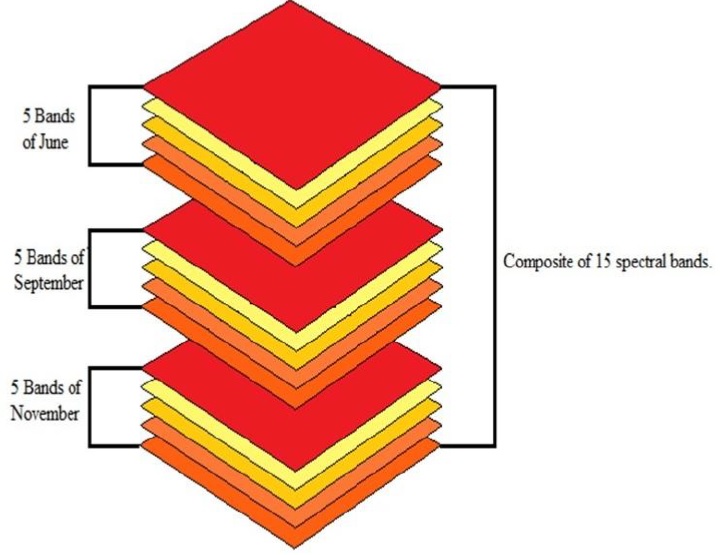Estimation of Net Rice Production for the Fiscal year 2019 using Multisource Datasets.
Keywords:
Historical datasets, CRS, Disease outbreaks, Regression analysis and Remote SensingAbstract
Smallholder farmers are threatened by various vulnerable risks which include hostile weather conditions, rainfall at odd times, disease outbreaks and the market shocks. Crop insurance is the only solution to mitigate these risks. Crop yield records are of great importance to predict the crop yield/area into a region but the developing countries like Pakistan, have limited availability of crop yield records. Crop Reporting Service (CRS) in Punjab province of Pakistan has taken this initiative to save crop related data. We obtained the CRS based datasets of rice crop from (2008-2018) to predict the rice yield/area for the fiscal year 2019. The CRS based datasets were incorporated in collaboration with remotely sensed dataset to obtain more accurate results. The spectral responses of rice crop were taken as input to compute NDVI/RVI values of each year. We applied linear regression to NDVI/RVI and the CRS based yield to generate regression equations for prediction of rice yield for the year 2019 which was computed as 2.09 (ton/ha). The area under rice cultivation was estimated using supervised classification that was 139616 hectors. The net rice production was estimated as 219797 tons. Spectral responses of rice crop canopy proved efficient to determine the net productions.


















